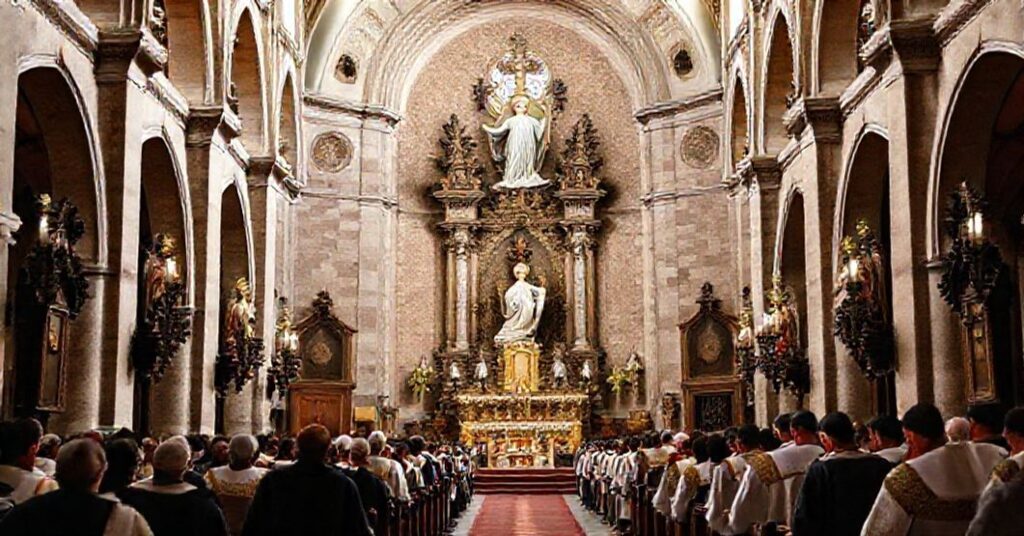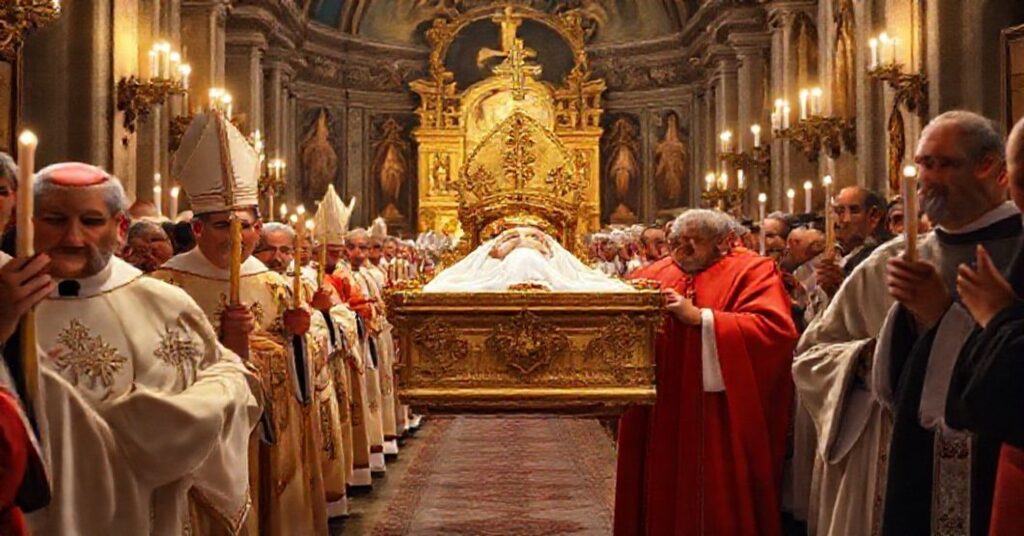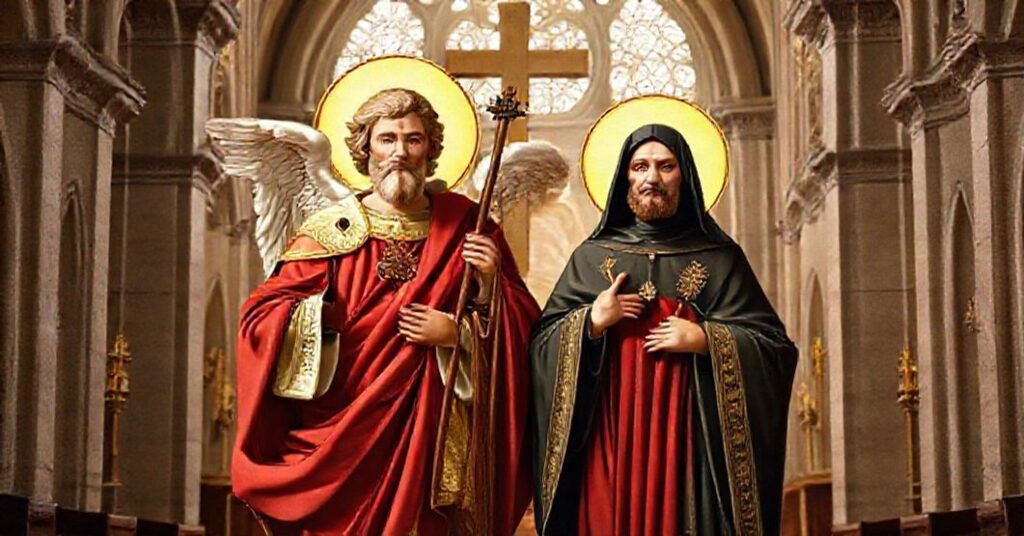Pietatis Marialis (1960.10.07)
The document, issued by the usurper John XXIII on 7 October 1960, confers the title and privileges of a “minor basilica” upon the parish church of Our Lady of Mount Carmel in Padua, praising its architecture, artistic treasures, Marian devotions, and its role as a diocesan center of Marian celebrations. It solemnly elevates the church, invokes the authority of the “Apostolic See,” and decrees the juridical and liturgical prerogatives attached to the new dignity.










